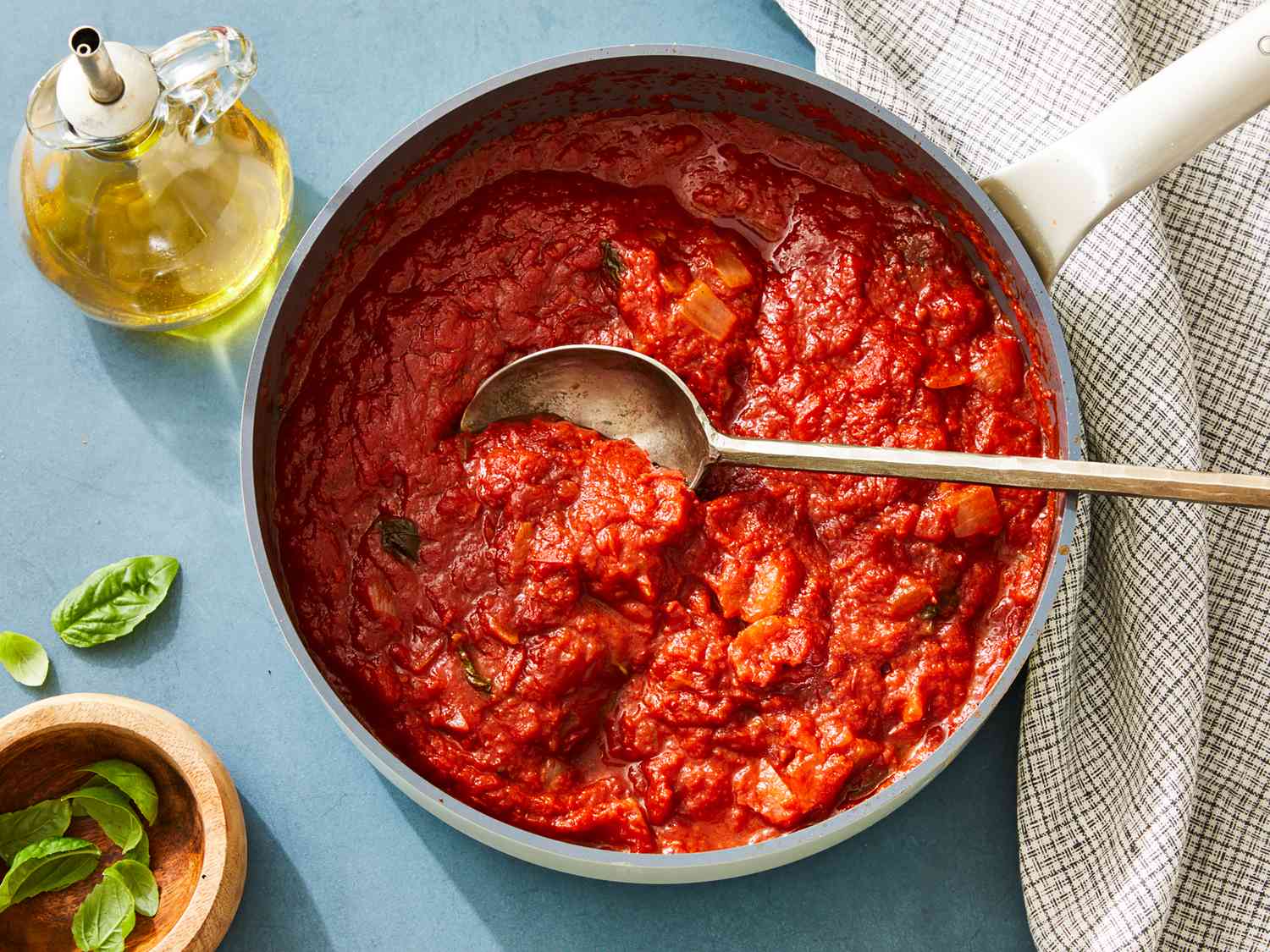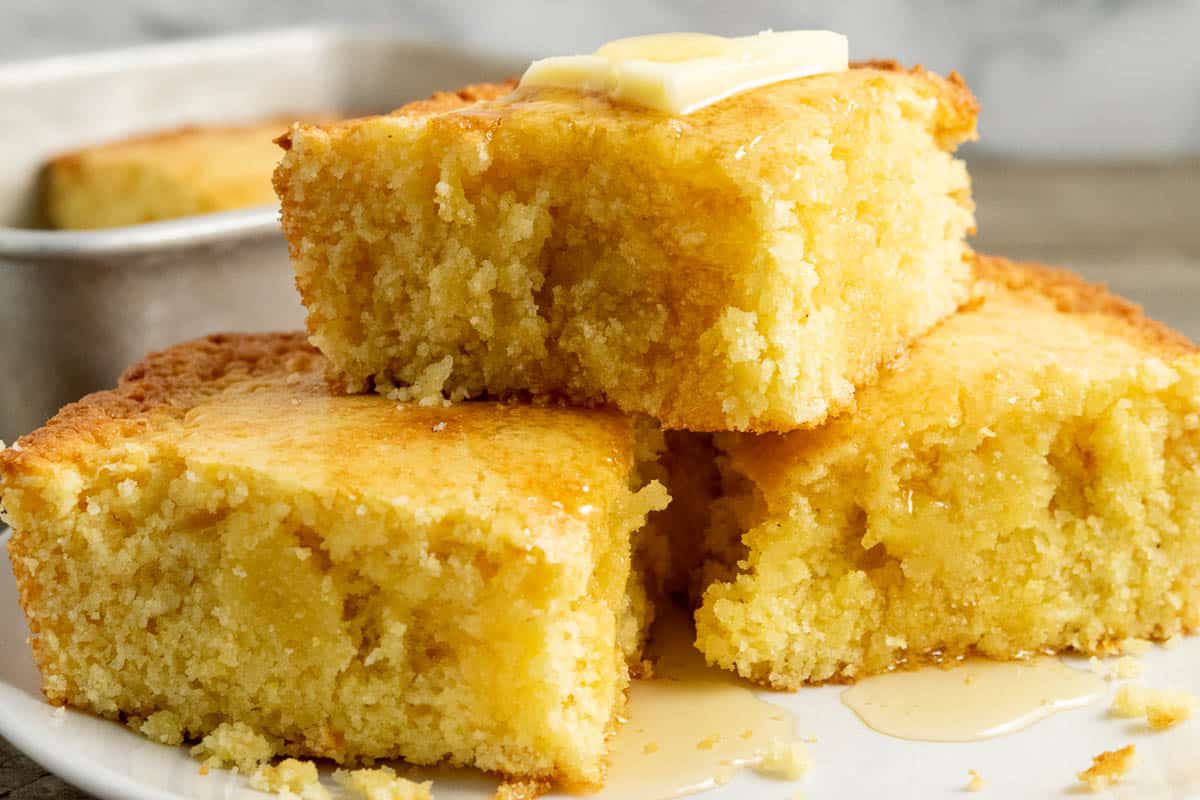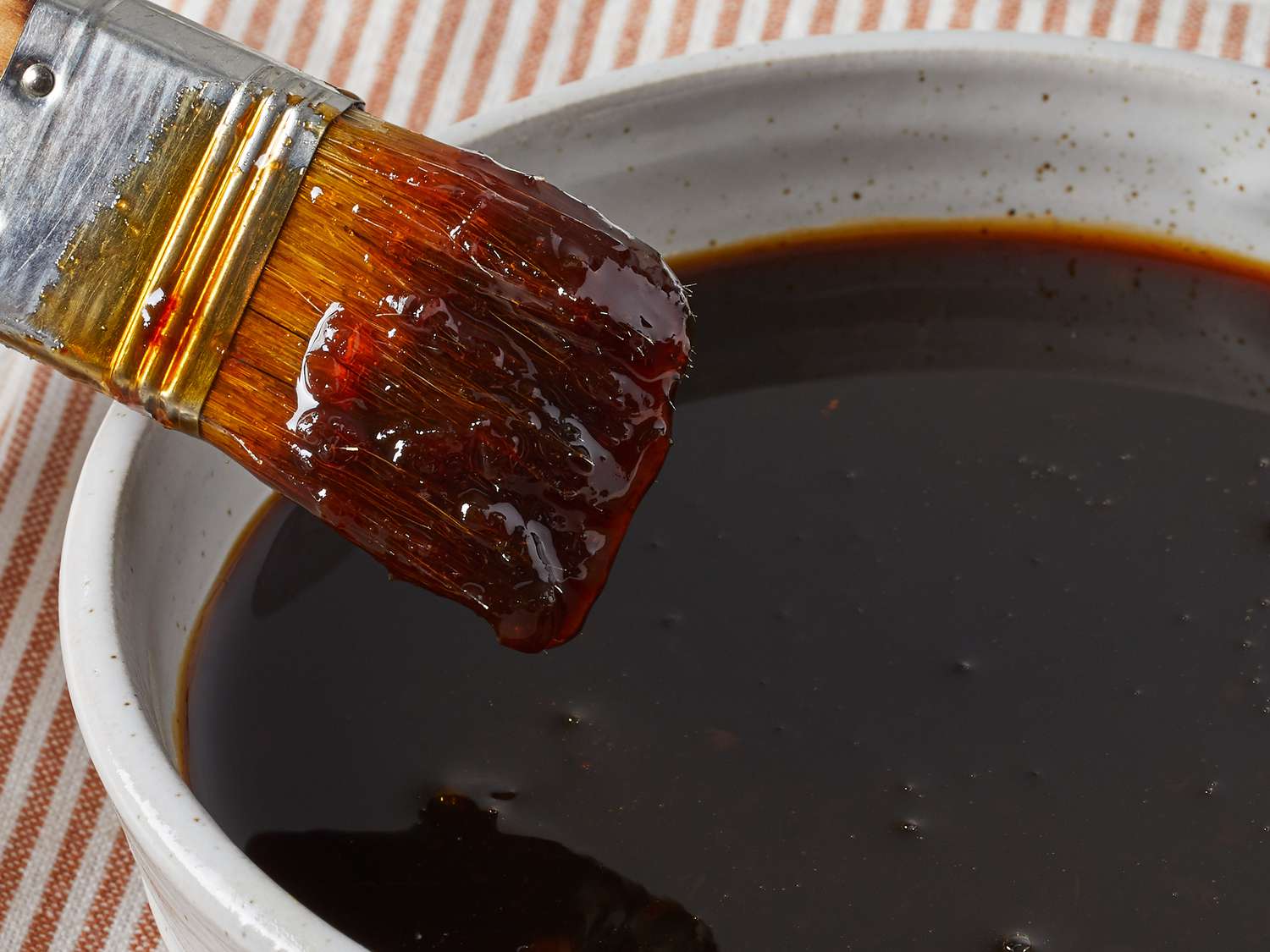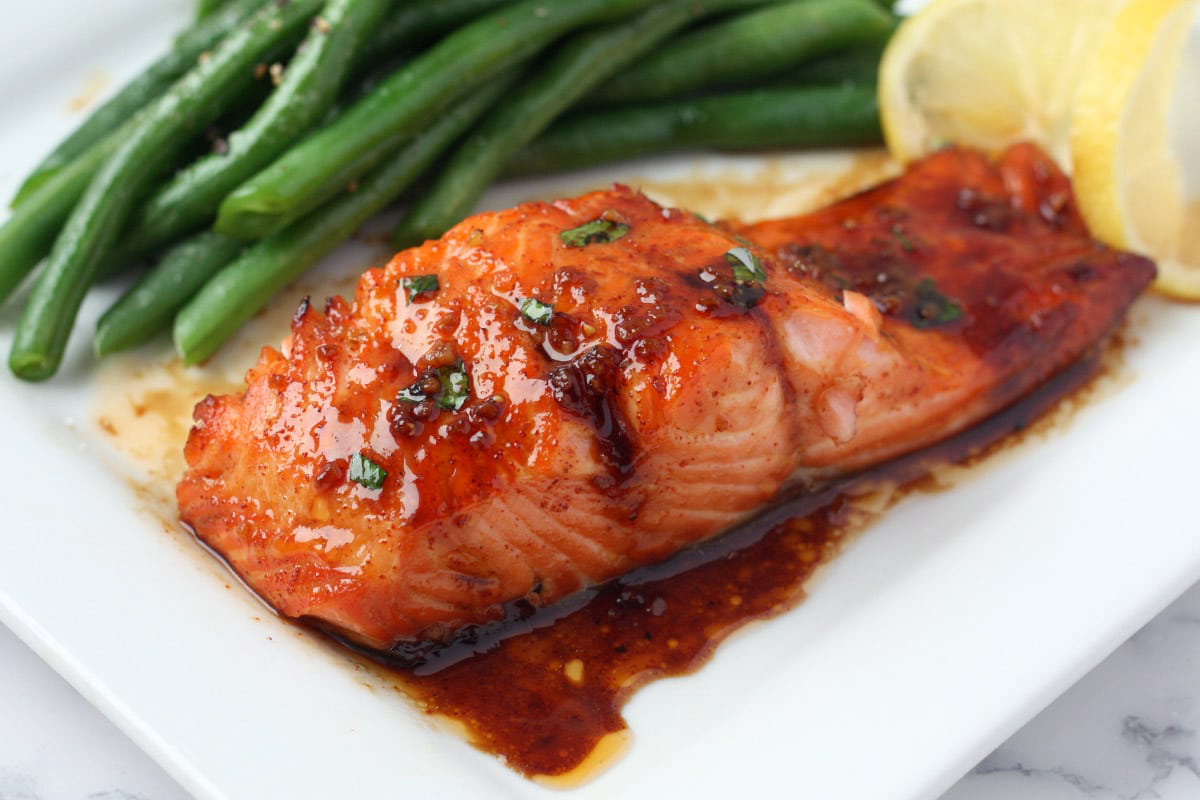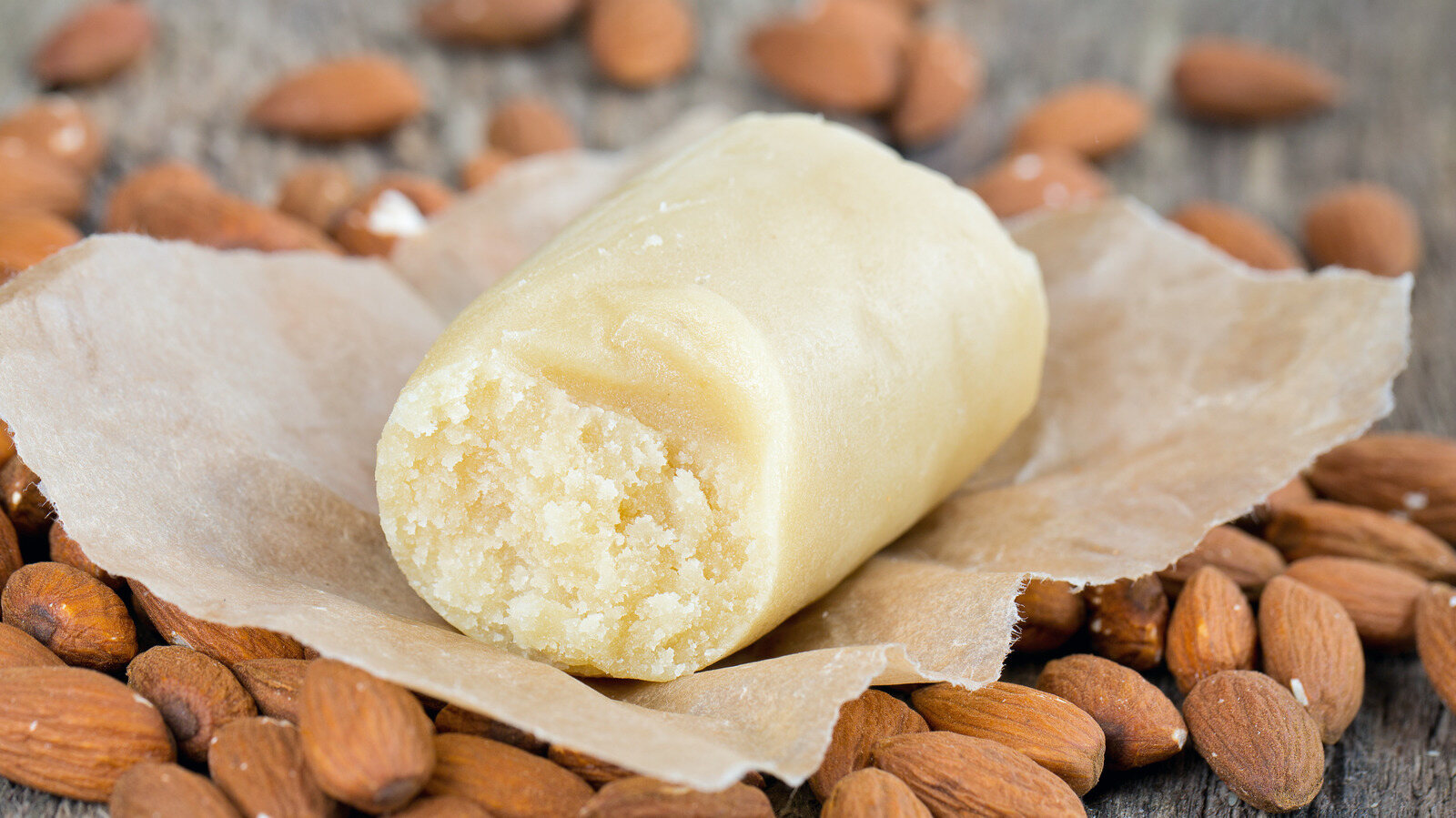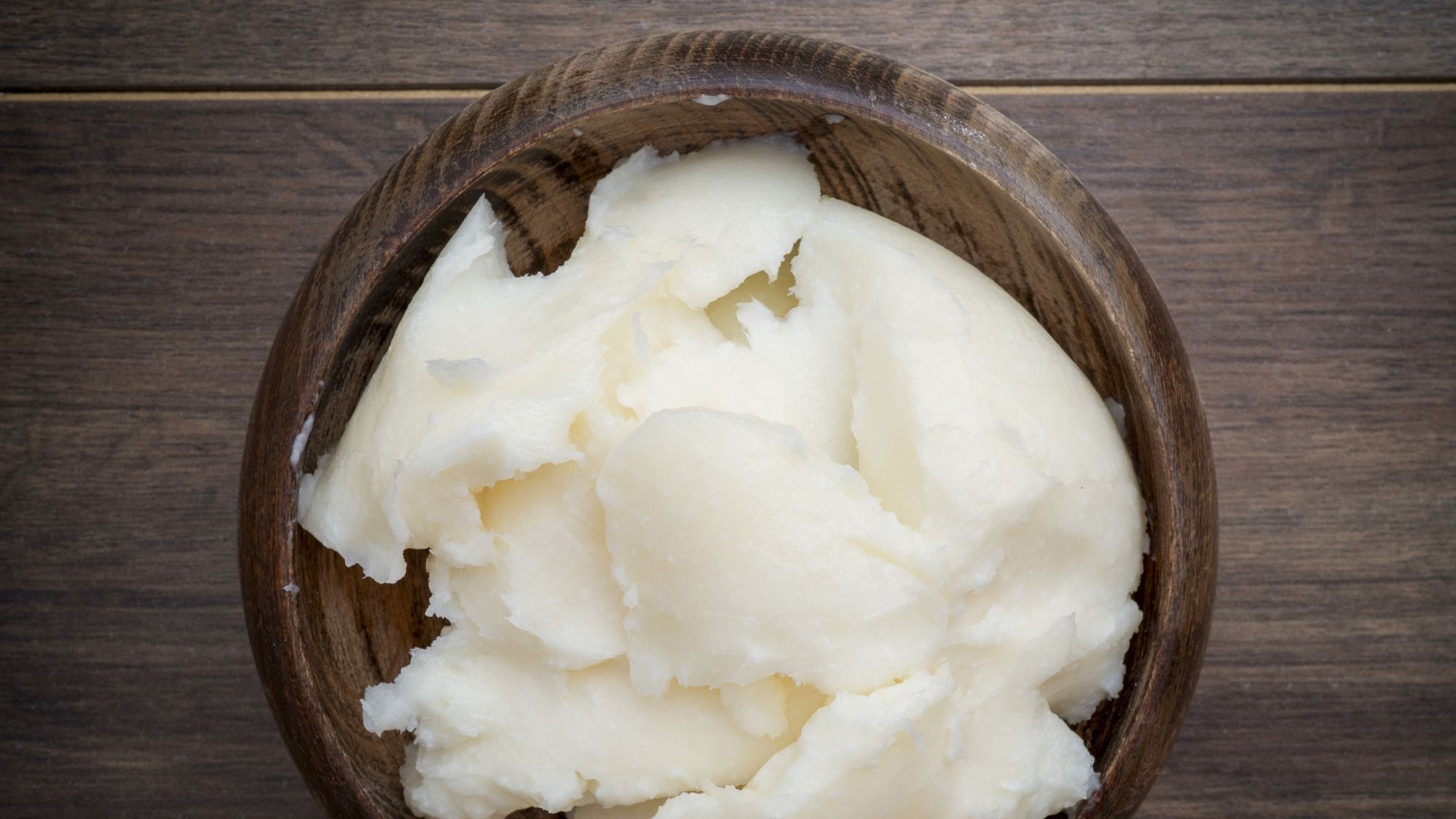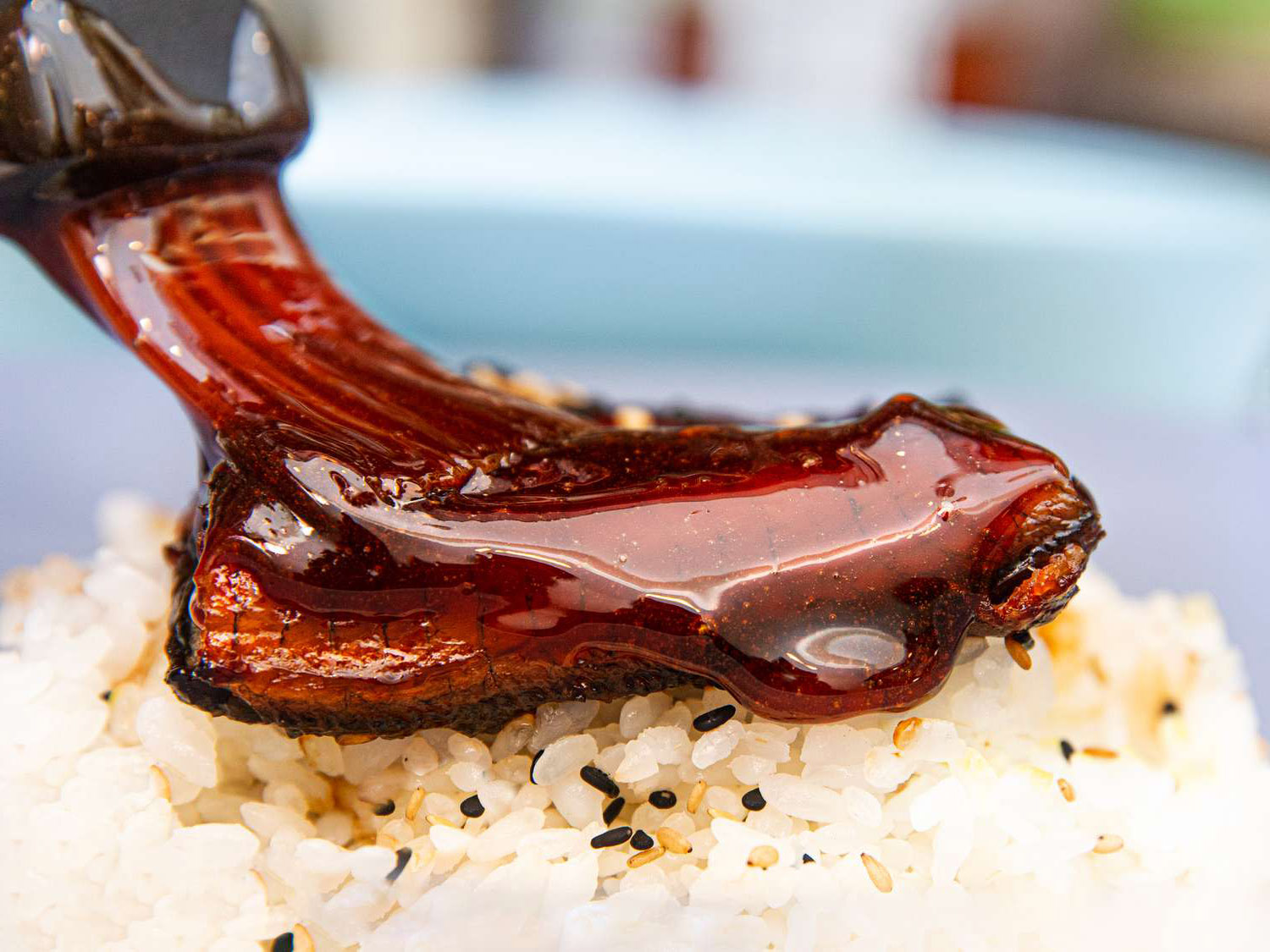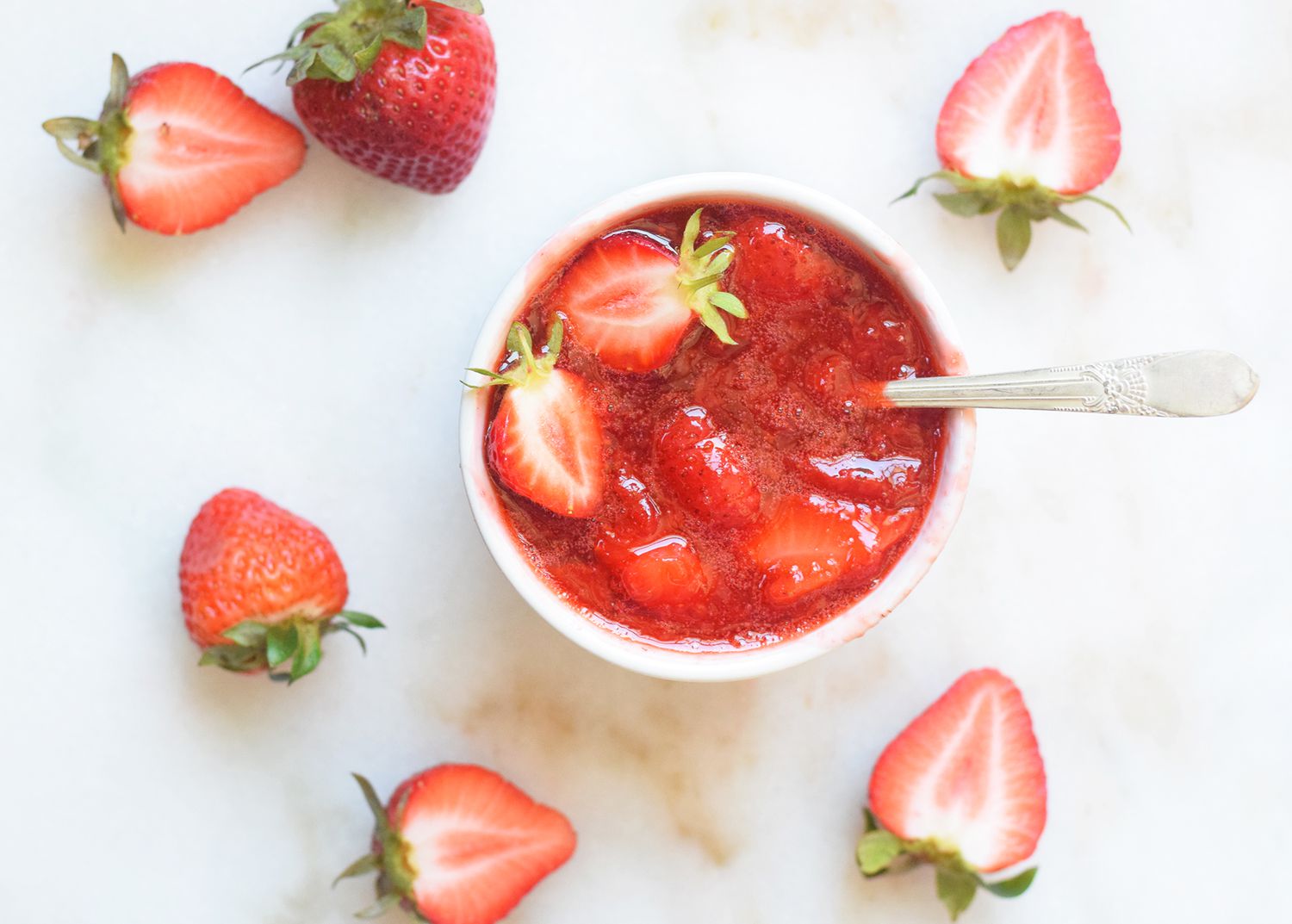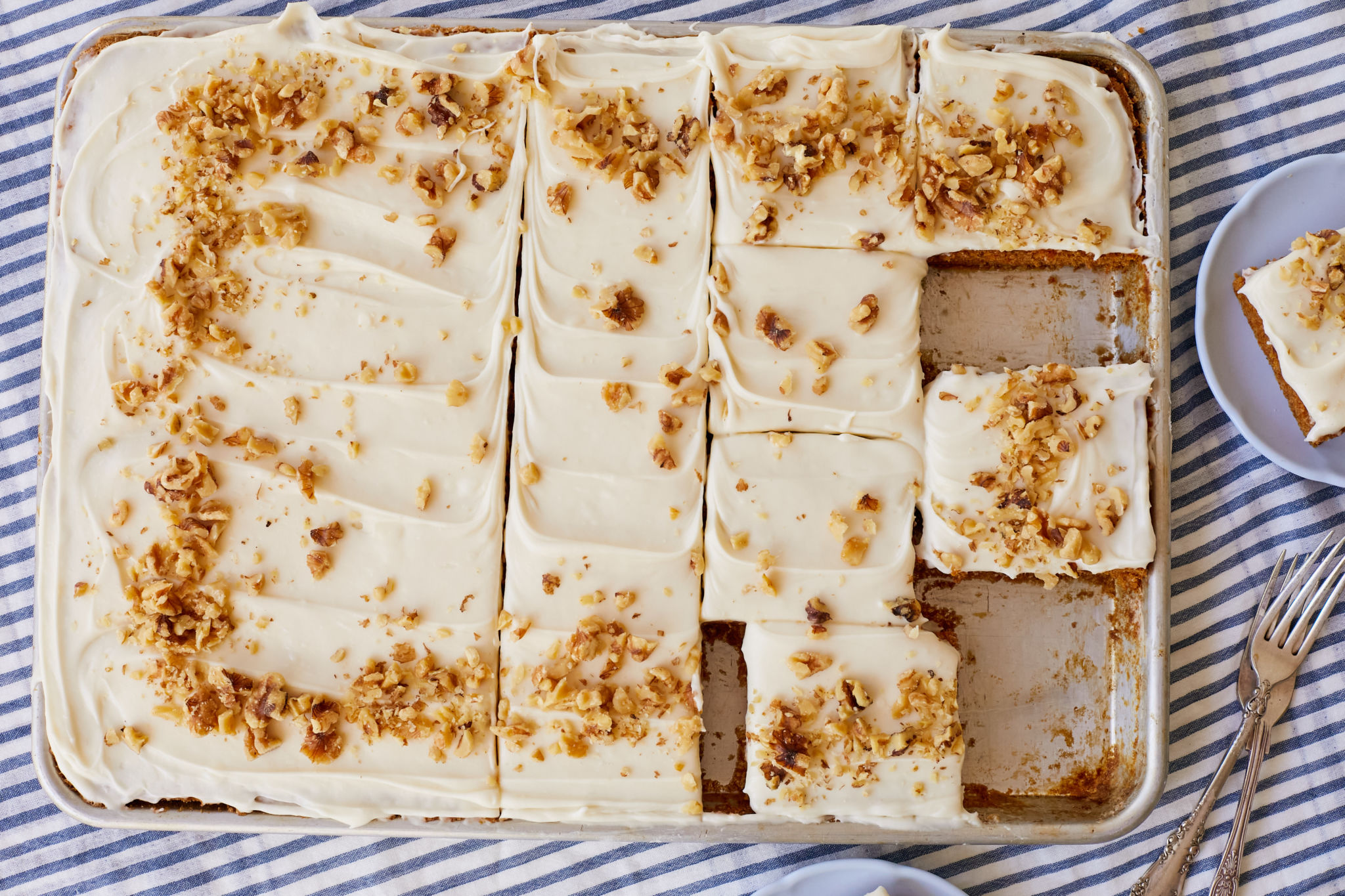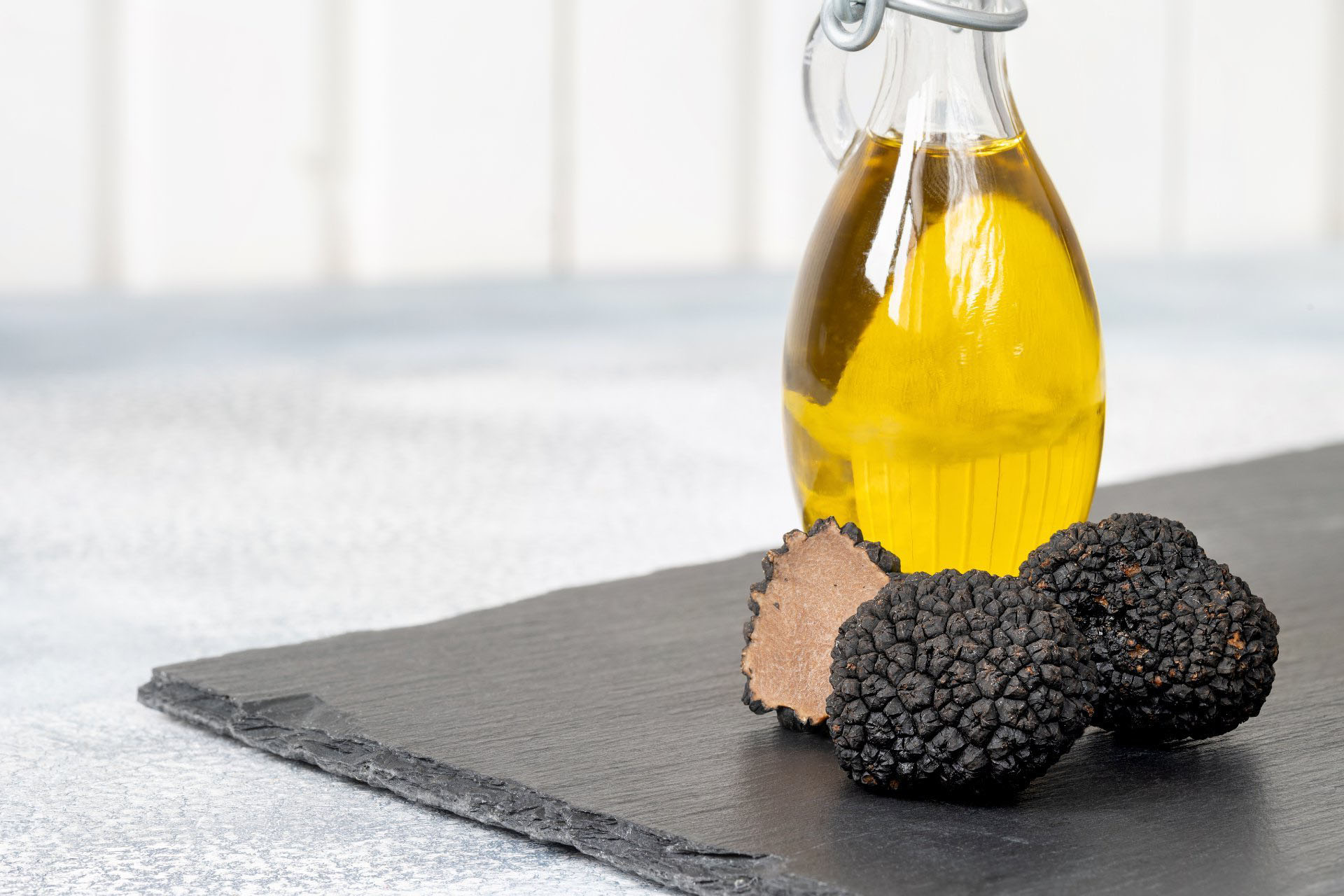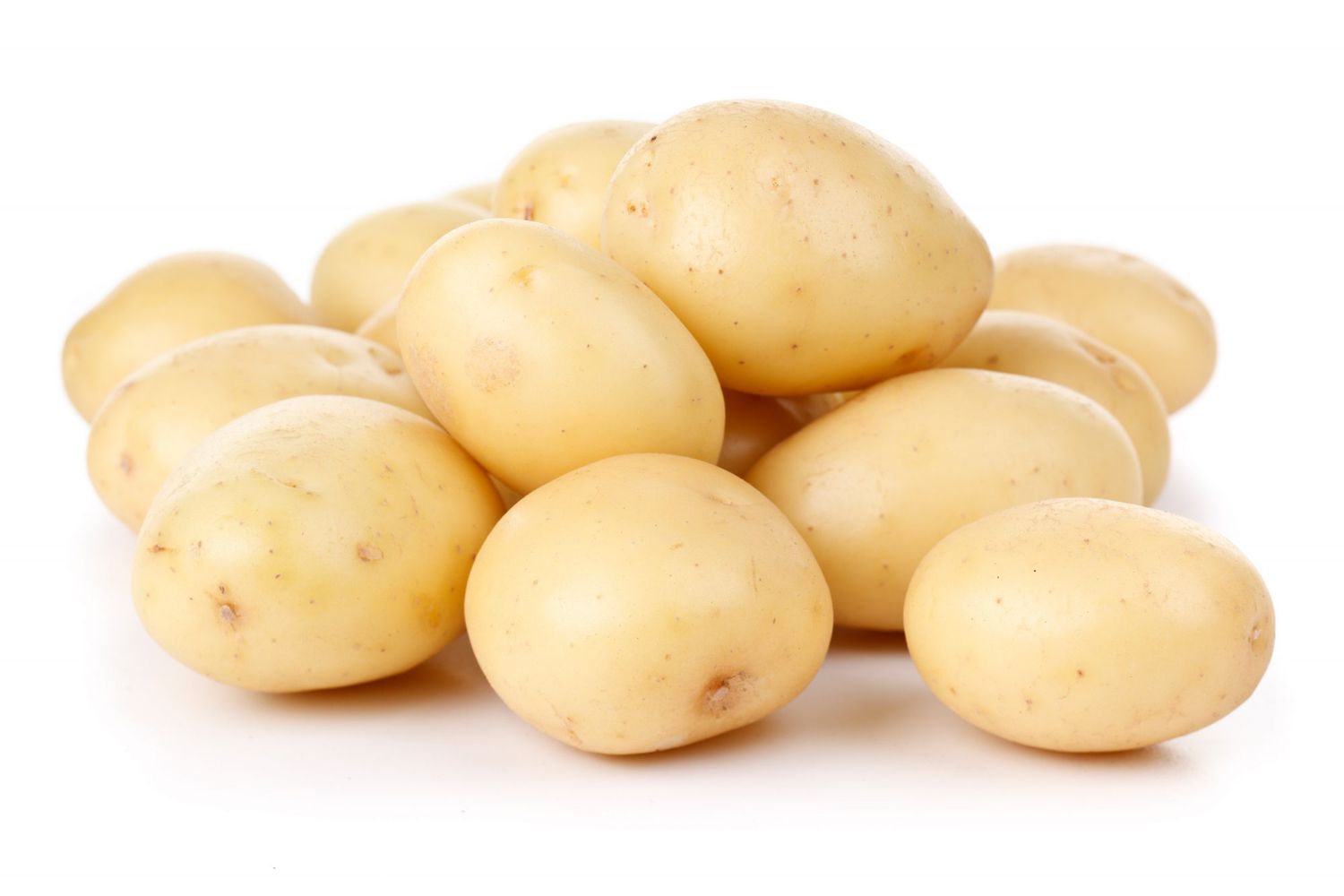Understanding Frangipane Filling: A Delicious Addition to Your Baking Repertoire
Are you a fan of delectable pastries and desserts? If so, you may have come across the term “frangipane filling.” This delightful concoction is a versatile and flavorful addition to a wide range of baked goods. In this article, we’ll explore what frangipane filling is, how it’s made, and some delicious ways to use it in your baking endeavors.
What is Frangipane Filling?
Frangipane filling is a rich and creamy mixture made from ground almonds, butter, sugar, eggs, and a touch of flour. It has a smooth, velvety texture and a nutty, slightly sweet flavor that adds depth and richness to pastries and desserts. This delectable filling is a staple in French and European baking, where it is used in a variety of traditional treats.
How is Frangipane Filling Made?
Making frangipane filling is a relatively simple process that yields delicious results. Here’s a basic recipe for creating this delectable filling:
- Start by creaming together softened butter and sugar until light and fluffy.
- Gradually add in the ground almonds, mixing until well combined.
- Beat in the eggs, one at a time, ensuring each addition is fully incorporated.
- Finally, fold in a small amount of flour to help bind the mixture together.
The resulting frangipane filling is ready to be used in an array of delightful desserts.
Ways to Use Frangipane Filling
Frangipane filling can be used in a variety of delectable ways to elevate your baking creations. Here are some popular uses for this delightful mixture:
- Tarts: Spread a layer of frangipane filling in a pre-baked tart shell and top with fresh fruit for a delightful dessert.
- Croissants: Fill buttery croissants with frangipane for a decadent breakfast or brunch treat.
- Stuffed Pastries: Use frangipane as a filling for puff pastry or phyllo dough to create delightful stuffed pastries.
- Cakes: Incorporate frangipane filling into cake batters for a moist and flavorful twist on traditional cakes.
Conclusion
Frangipane filling is a delightful addition to any baker’s repertoire. Its rich, nutty flavor and creamy texture make it a versatile and delicious component in a wide range of pastries and desserts. Whether you’re making tarts, croissants, or cakes, frangipane filling is sure to add a touch of elegance and flavor to your creations. So, the next time you’re looking to elevate your baking, consider incorporating this delightful filling into your recipes.
With its simple yet flavorful composition, frangipane filling is a must-try for any baking enthusiast. So why not give it a try and see how it can enhance your favorite baked treats?
Was this page helpful?
Read Next: What Is Fennel Slaw
